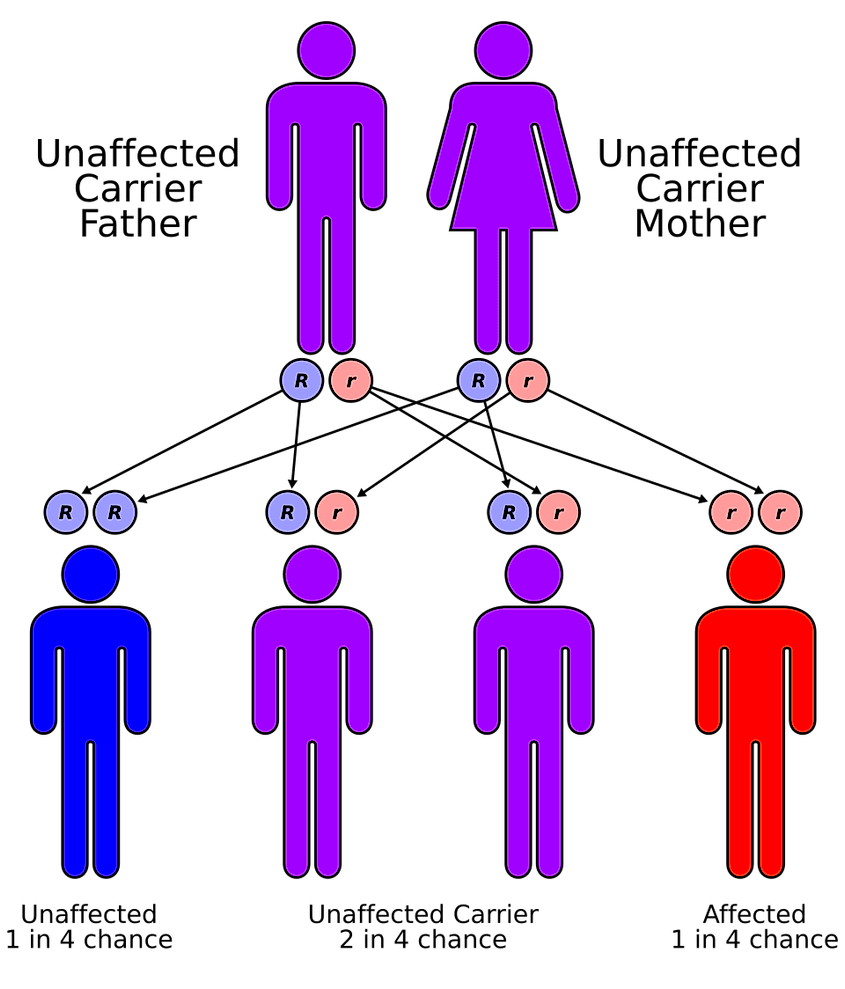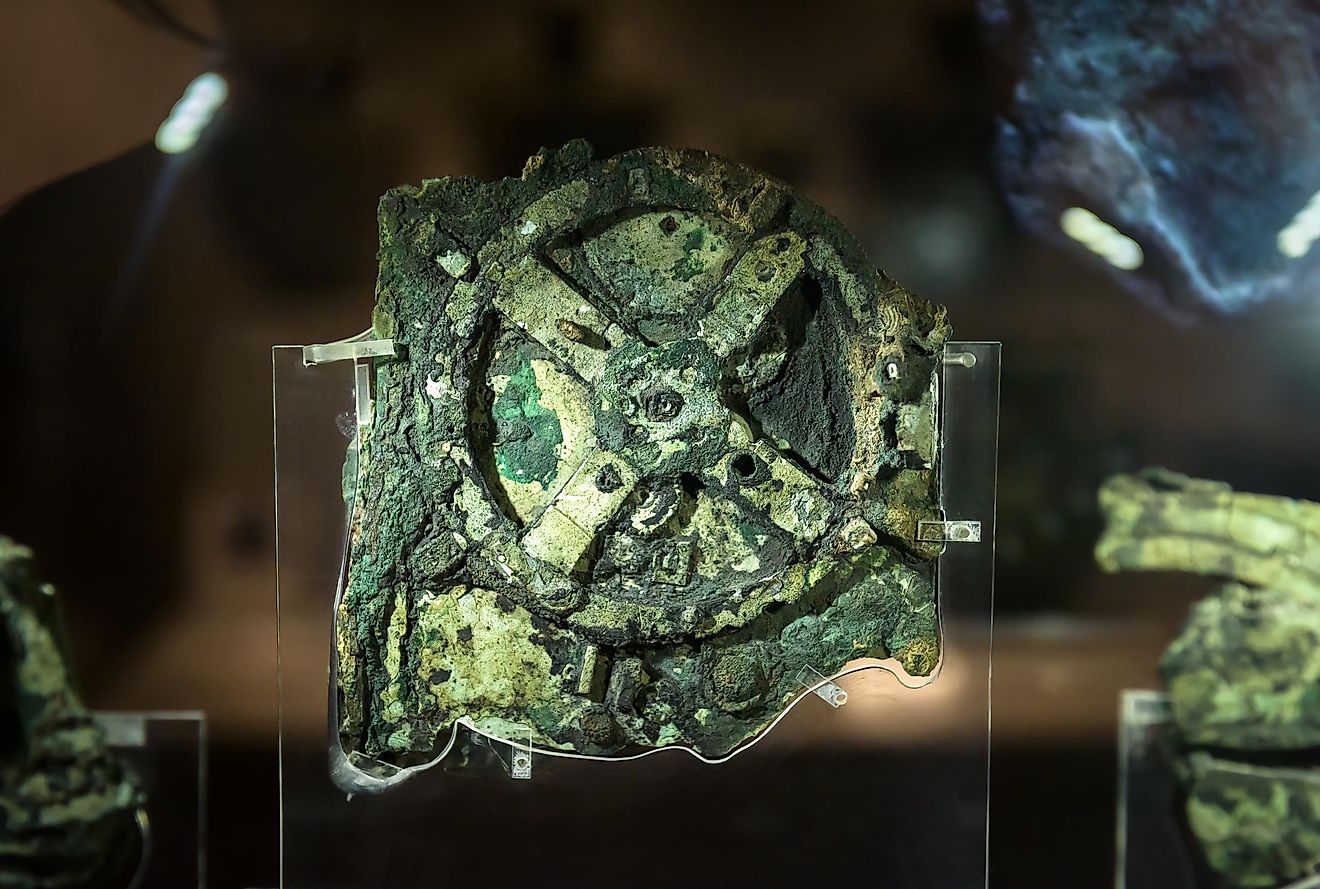
Blue Fugates
The Blue Fugates were a family from Kentucky with a rare and unusual trait, their skin had a distinct blue color. This wasn’t due to makeup, paint, or anything supernatural. It was caused by a genetic blood disorder called congenital methemoglobinemia, which affected how oxygen was carried in their blood.
For years, their story puzzled doctors, fascinated scientists, and even sparked local myths. But beyond the curiosity, their case played an important role in understanding genetics and rare medical conditions. With that, it’s time to take a closer look at their family history, the science behind their blue skin, and how they were treated by society.
Historical and Geographical Background

The story of the Blue Fugates begins with Martin Fugate, a French orphan who moved to Troublesome Creek, Kentucky, in the early 1800s. He married Elizabeth Smith, a woman who unknowingly carried the same rare recessive gene for methemoglobinemia. Because Troublesome Creek was a remote, isolated area, there weren’t many families around, and people often married within the same small community. This led to the recessive gene being passed down more frequently than usual.
Over time, several of Martin and Elizabeth’s descendants were born with blue-tinged skin. The condition was harmless but definitely unusual, drawing attention from locals. Since the gene pool remained limited, methemoglobinemia continued through generations, making the Fugate family one of the most well-documented cases of this rare disorder. Eventually, doctors and researchers took an interest in their case, trying to understand what caused the striking blue skin seen in so many family members.
Understanding Methemoglobinemia

Methemoglobinemia is a rare blood condition that affects how oxygen is carried through the body. Normally, red blood cells use an enzyme called cytochrome b5 reductase to keep hemoglobin in a form that delivers oxygen. In people with methemoglobinemia, this enzyme doesn’t work properly. As a result, too much hemoglobin gets stuck in a form called methemoglobin, which can’t release oxygen the way it should.
This leads to bluish skin, since the blood isn’t carrying enough oxygen to the tissues. The condition is genetic and follows an autosomal recessive pattern. This means a person must inherit the faulty gene from both parents to develop methemoglobinemia. If only one parent passes it down, the child will be a carrier but won’t show symptoms.
In the case of the Fugate family, their small, isolated community in Kentucky played a big role. Because there were fewer people to marry outside their gene pool, the defective gene got passed around more often, making it more likely for children to inherit it from both parents. Some researchers also believe environmental factors, like nitrate-rich well water, may have made symptoms worse. Though rare, the Fugates’ case became a key example of how genetics and geography can work together in unexpected ways.
Life Within the Community

The Fugates’ blue skin naturally made them stand out, but in their small, isolated Kentucky town, people mostly accepted them. Locals had their own stories about the "Blue People of Troublesome Creek," and while some found it odd, there weren’t widespread reports of discrimination. Since the Fugates were part of the community for generations, they were generally treated like everyone else.
Some Fugates lived completely normal lives, working and raising families, while others sought medical help when they realized their condition wasn’t common. Luna Fugate was one of the most well-known members of the family, her deep blue skin made her look different, but she was healthy and lived into her 80s.
Over time, as new families moved in and married into the Fugate line, the blue trait started to disappear. With more genetic diversity, fewer children were born with methemoglobinemia, and eventually, the condition faded almost entirely.
Scientific Interest and Discovery

In the 1950s and 1960s, Dr. Madison Cawein, a hematologist, became interested in the Blue Fugates and wanted to figure out what caused their unusual skin color. After studying their blood, he discovered that they had congenital methemoglobinemia, a rare genetic condition that affected how their blood carried oxygen.
He also found a simple cure, methylene blue, a medication that temporarily turned their skin back to normal. His research helped doctors understand recessive genetic disorders better and showed how isolated communities can pass down rare traits. The Fugates’ case also highlighted the need for better healthcare in rural areas.
Conclusion
The story of the Blue Fugates is more than just a strange medical mystery, it’s a real example of how genetics can shape lives in unexpected ways. Their condition helped scientists understand rare genetic disorders and sparked curiosity about how inherited traits work.
Over time, as the family mixed with a larger gene pool, methemoglobinemia became less common among them. But their history still stands as a key case in genetic research. It also reminds us how science, environment, and medicine come together to explain things that once seemed unexplainable. Their story continues to fascinate and educate even today.











